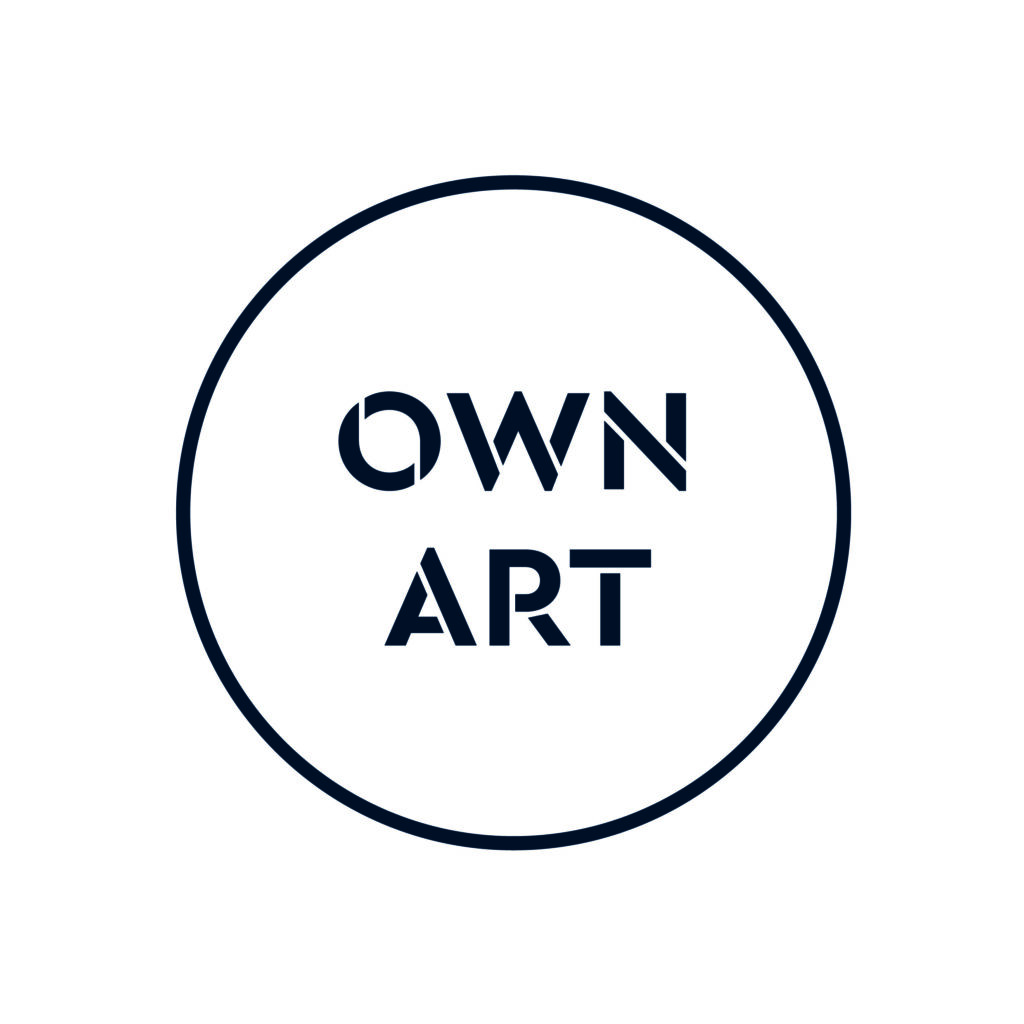Graham Brace Artist interview
I was born and brought up in Milford Haven.
After studying at Cardiff College of Art I worked as a graphic designer, running my own business for 30 years, first in London and from 1976 in Haverfordwest, Pembrokeshire. In 2000 I changed direction, taking up painting seriously. I now work full time as a professional Artist and illustrator. I am a founder member of the United Kingdom Coloured Pencil Society (UKCPS), set up in 2001 to promote coloured pencil as a serious art medium, and although I am very much a mixed media artist, coloured pencil predominates in my work.
I have exhibited widely and my work has featured in magazines such as Artists & Illustrators, Pratique des Arts (France), The Artist, Welsh Coastal Life, Pembrokeshire Life, Talking Point (UKCPS magazine) and in instruction books – The Coloured Pencil Artist’s Drawing Bible and The Landscape Artist’s Drawing Bible (published by Quarto/ Search Press). My work has also appeared on packaging and promotional material for Derwent Pencils and on many websites across the world.
I live and work in the waterside village of Llangwm alongside the Daugleddau Estuary. My immediate surroundings and the spectacular Pembrokeshire coast and countryside provide me with endless subject matter, inspiration and ideas.
Firstly how is the lockdown affecting your work?
Strangely enough, it’s had a very beneficial effect. The enforced isolation and the absence of my normally hectic lifestyle has focused my attention on reviving my creative output. After a long period of neglect (due mainly to other commitments) I have started working on the extensive list of picture ideas that have been pinned to my studio wall for well over 12 months. Also, limited edition sales from my website have picked up.
Where do you get most of your inspiration?
The simple answer is from the splendour and natural features of the Pembrokeshire landscape and seascape. Furthermore, I am fascinated by natural forms and structures within the landscape, e.g. I am currently engaged on a series of pictures based on rock forms and rock faces which frequently display pattern and textural features that look as if they have been deliberately contrived. I am simply trying to replicate the endless creativity of Mother Nature.
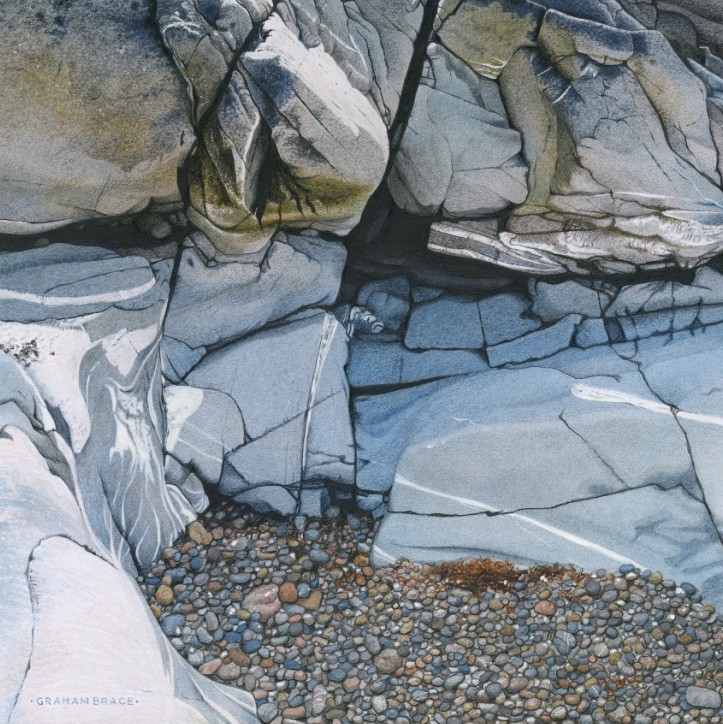
Do you prefer to work outside/in your studio/a mixture of both?
I look for inspiration outside my studio and record with the use of photographs, and very occasionally notes and little sketches. These ideas are combined and then worked up in my studio.
Where/ or what is your favourite place/subject to paint?
I have found inspiration in so many diverse locations, mainly within Pembrokeshire, that I find it impossible to answer that question. I have also produced pieces inspired by the landscapes of Snowdonia and Cumbria.
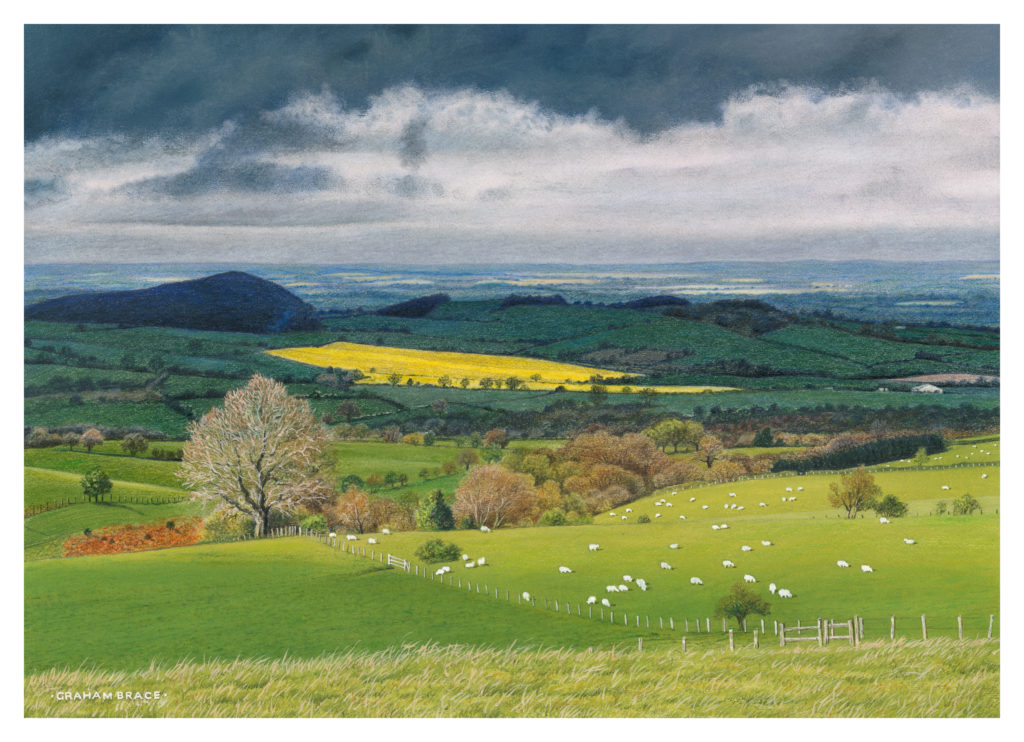
How do you find titles for your paintings, does the idea come before or after?
The title usually presents itself during the painting process. Sometimes it is simply the name of the location but often it is a play on words that suitably describes the topic. Sometimes it is a bit of both.
Who’s your favourite artist/artists?
I have many favourites that are quite diverse including American painter Andrew Wyeth, British artist Eric Ravilious . British artist/illustrator Charles Tunnicliffe has also been a firm favourite of mine ever since my teens when I first developed a deep interest in birds and natural history in general. Tunnicliffe’s depictions of birds and early to mid twentieth century country life are both evocative and stunning.
Which is the favourite piece of art by another Artist that you own?
’m not a collector of art by other artists but hanging in our lounge is a lovely drawing in coloured pencil by our eldest daughter of sunflowers in a field in central France. It was drawn when she was 15 years of age after returning from a family holiday to that region.
Do you listen to music while you paint? If so what kind of music?
I always listen to music while I am working…either Classic FM or anything from my huge collection of classical, folk, blues, country and Americana CD’s and tapes.
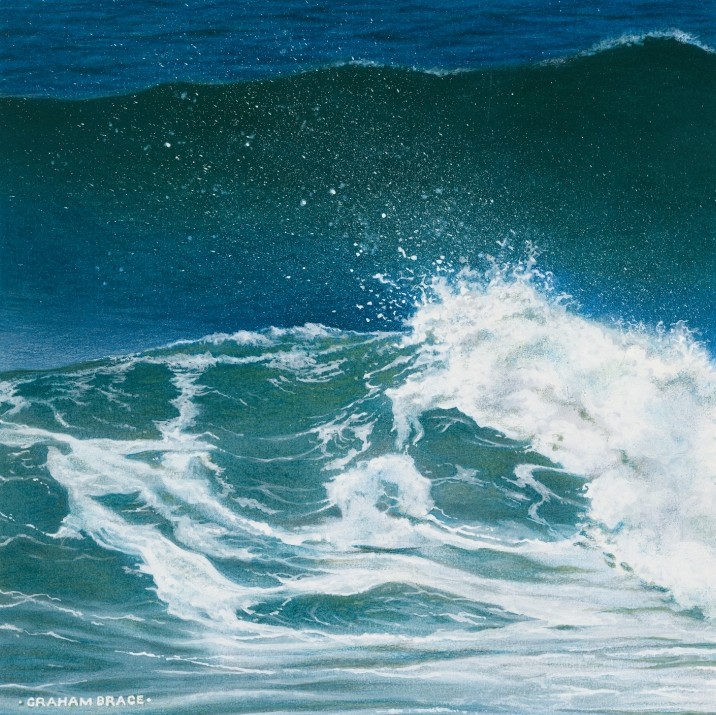
What could you not do without in your studio?
The elevated view from my studio window! Although not spectacular, it overlooks our front garden, the terrace of stone cottages opposite and over the rooftops to the Daugleddau Estuary beyond. Staring at this view helps to gather my thoughts.
What does your studio space look like?
It was once the single bedroom belonging to my eldest daughter before she flew the nest. It is small with two tables (on one of which stands my drawing board), a bookcase and some shelves holding my CD collection. It does have a built in wardrobe/cupboard that stores all my art materials. Fortunately, I do not need a a large working space.

How do you feel your work has changed over the years?
My choice of subject matter has changed little over the years. However, my technique has improved and when I make comparisons with work produced some 20 years ago I can see a vast improvement in rendering and visual representation.
What other work have you done apart from being an Artist?
I am a professional graphic designer and after a 7 year period in London working in the creative side of advertising, I returned to my native Pembrokeshire where I established and ran a successful advertising and graphic design business for 25 years. A long held and overwhelming wish to become a full time professional artist finally came about when I turned 50 in 1999.
What is the best thing about being an artist for you?
The sheer pleasure of producing an image that accurately replicates the subject and which visually conveys the features in the subject that inspired me in the first place. And I have to admit that the admiration and appreciation expressed by others is very satisfying indeed.
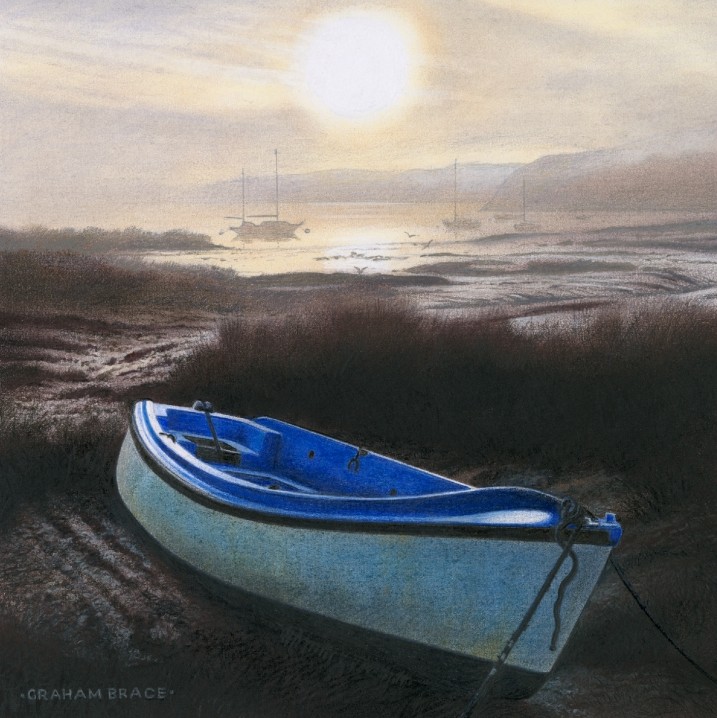
Did you always know you wanted to be an artist?
From a very early age as it was the subject that I was best at in school. I also went through a phase where I toyed with joining the Royal Navy!
What sort of painting are you working on at the moment?
A composition of a small group of shore birds (dunlin and ringed plovers) resting on the tide-line at the Gann in Dale. The richness of colours in the wet stones and the birds’ plumage is superb.
Can you show us some images from your sketchbook? Recent sketches and a finished piece maybe?
I have never been a sketcher as such. I generally rely on my own reference photographs and then from one or a selection of these compose the final image on the drawing board. Shown here are the first stages in a recent painting. During a visit to Barafundle beach, apart from myself, the only other sign of life was a small flock of oystercatchers. I used the reference photograph for the breaking wave and horizon and included a group of oystercatchers flying along the tide-line.



What is your favourite medium to work in and why?
Although I use a combination of a mixture of media including coloured pencil, soft pastel, gouache and, occasionally, spirit based marker, my favourite medium beyond everything else is coloured pencil. It allows me the ability to work in great detail, it is easy to control and easy to erase should there be a need. There are many brands and many different types of coloured pencil, each brand having its own unique characteristics. There are water-soluble, spirit-soluble and non-soluble pencils. Some are hard, some are soft some are waxy. In fact, you can find a pencil for every purpose and occasion. I have my favourites.
I am a founder-member of the United Kingdom Coloured Pencil Society (UKCPS). A small number of us coloured pencil artists from across the UK established the Society in 2004 with the main purpose to gain recognition for the coloured pencil by the art ‘Establishment’ as a genuine art medium, as with watercolours and oils…to end the widely held view that coloured pencils were ‘kiddies crayons’, not worthy of recognition. We have most certainly achieved this aim and today the Society holds a prestigious international exhibition annually and currently has a huge membership of professional and amateur artists worldwide.
